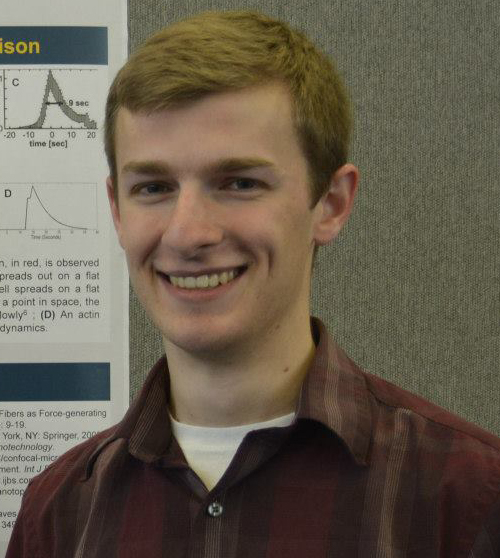A Modern Antibiotic Resistance Reporting System
Commentary - 12/2020
The following post was a fairly naive perspective that I held in 2016/20117 on how to address antibiotic resistance. The tone of the article is moderately embarrassing and there are plenty of logical pitfalls that cannot be engineered away. I decided to keep it primarily for historical purposes. Although it is not functional as is, I gave the idea considerable thought during my memorable month long vacation in China at the time and it has since bloomed to new levels of stupidity. This was the seed that eventually drove Puccinelli Laboratories and its quest to develop global surveillance technologies of infectious diseases, an effort that I am still very much invested in. During my series of reflections in late 2020, I thought it would be worth clarifying this point to save face.
Foreword:
This project was conceived at the end of 2016 as I was considering solutions for meeting the various antibiotic challenges that were accepting applications at the time. Unfortunately, I was underprepared and didn’t submit an application while I could. Since then, the idea has continued to incubate in my mind for several months before being transcribed into a steno pad, followed by an electronic notebook, now followed by my website. I believe this modern approach would revolutionize how we characterize antibiotic resistances and ultimately other medical complications. As a result, the trajectory of global antibiotic resistance would be stalled or even reverted by more efficient and informed treatments.
If I believe this is a great idea - why post it openly on this website?
I agree that it probably is quite naive for me to do this, but I currently don’t have the resources that I need to execute this idea in a timely manner and I believe this idea should be realized. I wasn’t able to join the well funded challenges several months ago, so I have started my own. Can I produce this system before another organization? It is true that I would really like to be the one who sees this idea come to fruition, but I believe that the benefit that the world would receive from this system would out do any benefit that I would receive. Why should I hold back tangible technological advancements for my own personal gain?
The clock has long been ticking and it is only a matter of time before either I or some unknown character produces this system.
Let’s get going.
Objective:
Develop an affordable, distributed antibiotic resistance reporting system that collects and displays information in near-realtime to both characterize resistances in patient samples within a clinic and monitor the spread of resistances over space and time.
Product Specifications:
- Requirement: identify antibiotic resistances in patient samples quickly and accurately.
- Requirement: minimize the cost barrier as much as possible so that nearly any clinic in the world can afford this system and contribute to the global data repository.
- Feature: report probabilities of being infected by different organisms.
- Feature: produce an interactive spatial-temporal map characterizing the prevalence and spread of different resistances in near-realtime.
First and foremost, in order for this technology to be adopted, it must satisfy the needs of clinics extremely well - it must be affordable and able to operate as a standalone unit in remote locations while also providing quality information. Its core purpose is to report antibiotic resistances within patient samples.
If the clinic permits the machine to communicate with an offsite server, additional benefits would be made possible due to access to greater computational power. Assay reports would be forwarded to a server that processes the data through a machine learned algorithm to identify the likelihood of being infected with a given organism. This would be reported back to the clinic. Also, the server will insert the report into a global database consisting of time, location and resistances reported, which would be available as an interactive map online.
Proposed Assay:
- Sample is microfluidically transferred to a cartridge containing concentration gradients of multiple antibiotics.
- Raman spectroscopy (or other cell growth evaluation method) collects molecular profiles (or other metric) of the sample at t=0.
- Cartridge/sample is incubated for 2 hours or so.
- Growth metric is collected once more at t=end.
- Client machine reports probabilities of resistances to user or a minimum inhibitory concentration (MIC).
- Data is stored as a blockchain report on the client machine.
- If client machine is connected to a server, blockchain report is forwarded for species identification processing and inclusion to the interactive spatial-temporal map. If client machine is not connected to a server, blockchain report will continue to be appended and will be forwarded upon reconnection.

Leave a Comment
Comments are moderated. Email won't be published. All fields are required. *